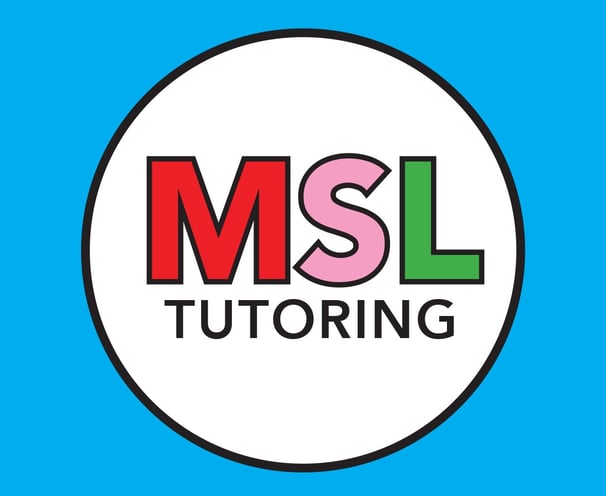MSL stands for Multisensory Structured Language. It is a linguistically sound, language-based approach for teaching students with specific learning difficulties like dyslexia.
Students with dyslexia have difficulty isolating spoken words into individual speech sounds. Multisensory teaching uses visual, auditory and kinaesthetic channels to deepen phonemic awareness and map sounds to long-term memory, enabling students to improve segmenting and blending skills.
MSL educators provide direct instruction to ensure links are consistently and permanently made between the visual, auditory and tactile pathways in learning to read and spell. MSL is highly structured, systematic and cumulative. Each spelling rule, pattern or concept builds on the one before. This is strengthened by metacognition to assist decoding (reading) and encoding (writing/spelling) via catch phrases that support students when spelling while writing.
Students experience a high degree of success in every MSL session, which creates confident, keen and happy learners.


What is MSL?
Who is MSL for?
Students from Prep to Grade 6 and into high school benefit from MSL sessions. In particular, such students are those who:
have a dyslexia diagnosis
need intervention before a dyslexia diagnosis can be handed down
are struggling with reading and/or spelling
are falling behind their peers
are learning phonics and are beginning to read (Prep)
need assistance to fill the gaps in their literacy (often from Grade 5 into high school).
